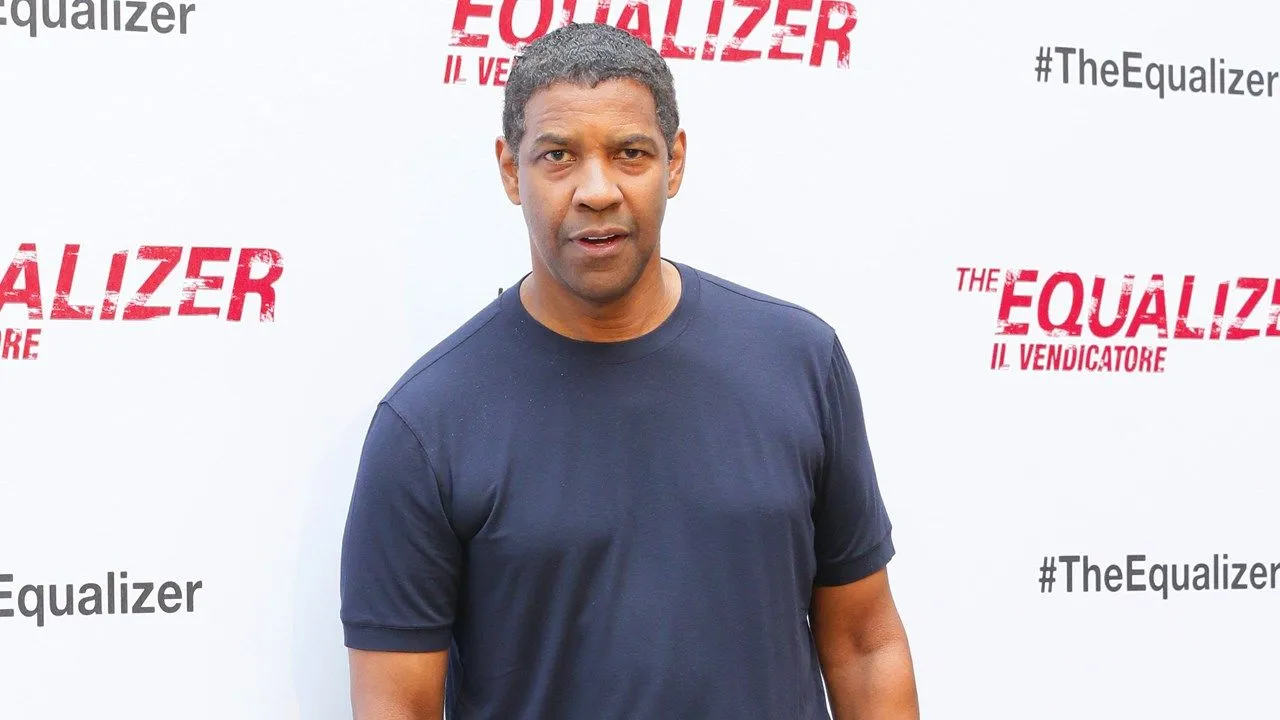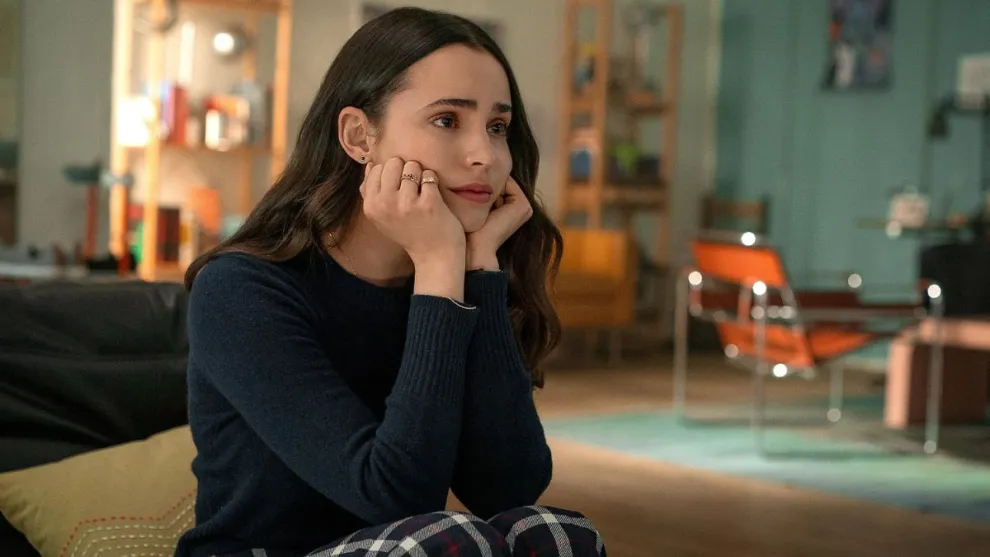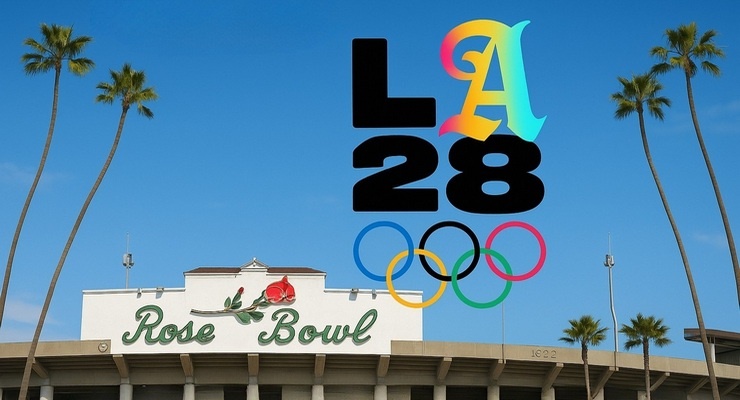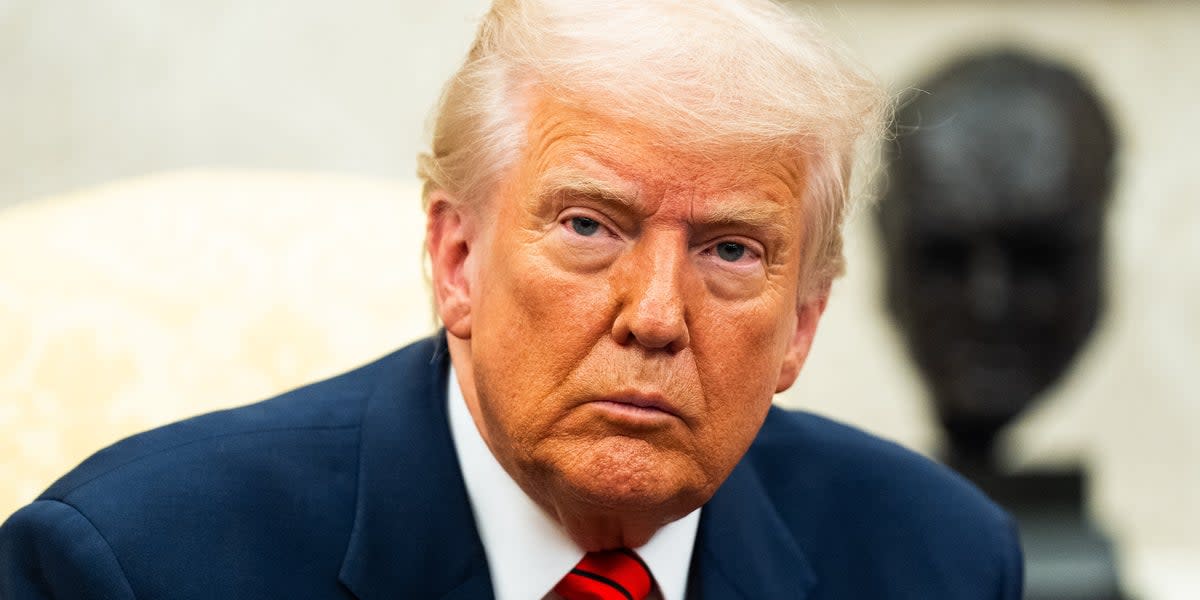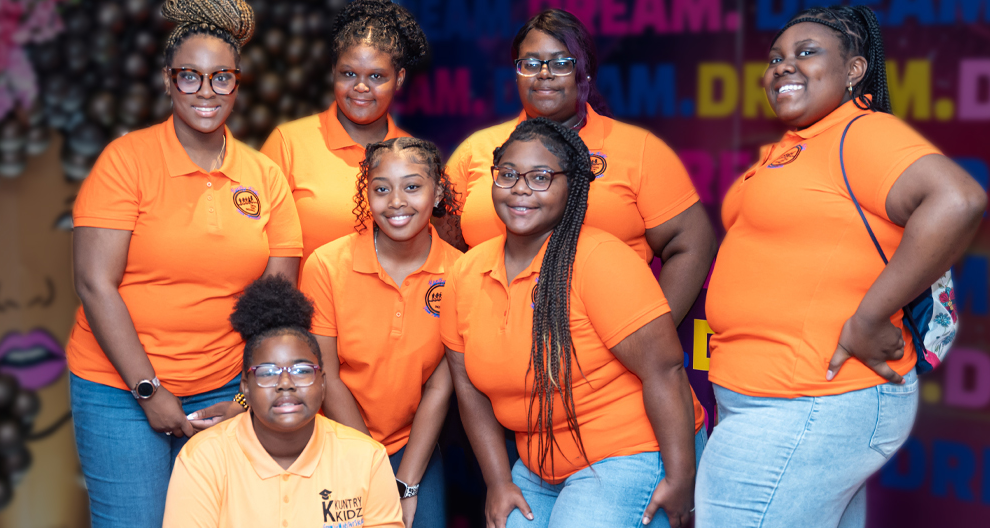“All my thoughts are sad. I’m outraged that our people are not rising up,†said Heyward, a man who still carries the pain of that day with him. “The police ran into his home and shot him. He was unarmed.â€
[New York City]
The tragedy of the unarmed Bronx teenager, Ramarley Graham, who was shot by a police officer with the street narcotics this month unit is a flashpoint for the NYPD.
It has been a violent period.
Cops have been shot. There have been accusations of the NYPD profiling innocent Muslims at mosques, grocery stores and community organizations and complaints about the unfairness of the stop-and-frisk program. The mounting problems and critiques have left the NYPD on its heels.
Veteran Black and Latino law enforcement officers have long found themselves protecting the interest of the community by speaking out about unjust police actions and arming young people at seminars about their rights and how to behave when they are confronted by police officers.
The revelation of videotape capturing the moments before the fatal encounter between Graham and the cops provide an unflinching image of a tragedy unfolding.
All the facts are not in yet, but the incident has driven a wider wedge between the community and the police department. Experienced law enforcement officers have paused to consider the moment and how to improve public safety.
A street surveillance video camera owned by a Bronx landlord recorded Ramarley Graham. It showed him entering his home, not with haste, but calmly turning a key. Moments later, cops, who claim they believe the saw him carrying a gun according to media reports, are seen wrestling with the door before they break in to find him inside his bathroom.
Graham was allegedly flushing marijuana down the toilet and was shot by cops inside the bathroom, as his grandmother and six-year-old brother were in the family home, police said.
Retired Detective Marq Claxton, a founder of an organization called Black Law Enforcement Alliance, said it’s alarming that cops on the scene didn’t stop to realize they couldn’t breakdown the door to Ramarley Graham’s house. “No one said, ‘wait, we can’t do this,’” said Marq Claxton. “We can’t break down the door.”
Claxton credited his colleague retired detective Graham Weatherspoon, who is a member of Black Law Enforcement Alliance, for introducing the victim’s father, Franclot Graham, witnesses and the Bronx landlord, Paulette Minzie, with the proper legal representation of the eve of the terrible shooting, which was February 2nd.
“This is the first time you have a videotape that the police department didn’t have complete control of,” said Claxton, a veteran law enforcement officer who has monitored the police department’s history of bad shootings.
“The videotape blows away their story. It makes it a lie,” said Claxton. “Initial reports say they saw a gun and chased the person. It wasn’t a hot pursuit.”
Claxton added the videotape has the police department on the defensive before the public. “It shows the police officer attempting to gain access for several minutes to the home,” Claxton said.
Graham Weatherspoon told this reporter he has seen the complete unedited videotape and said that it took police officers long to break into the house.
“It took them about five minutes to get into the house,” said Weatherspoon. “And about five minutes for EMS to arrive.”
Weatherspoon said he did not hear any gun fire recorded on the videotape.
Claxton said that the videotape shows that the police officers conduct was not merely breaking a police department rule, but it shows constitutional violations.
“There are search and seizure issues. No one can enter your house without a search warrant,” said Claxton. “Normally, they have exclusive control of the video and they never show it. They tell you what it shows. The public is forced to believe the police version.”
Claxton said that the police department’s stop and frisk program is causing it extraordinary problems with the public. He said the department needs to put more of a focus on community policing, instead of creating arrests.
“This is an issue of the police department’s culture,” he said. “The new way policing is done forces unnecessary contact.”
Claxton said that your chances of having a police encounter are exponentially higher today than 10 to 15 years ago.
Claxton explained that the stop and frisk program has the police department believing law enforcement can gage crime better and keep it under control.
“It’s not about civilian conduct, it’s about police strategy,” he said. Claxton said that this case will test the fortitude of the Bronx District Attorney’s Office.
“We will see if the Bronx District Attorney has the will and desire to pursue this,” he said. Claxton said that the constitutional issues opens the doors for federal prosecutors to either enter the case or publicly announce they will monitor it.
He said the police department needs to review what cops are learning at the Police Academy and the culture within the department. “They know contact–hands on. They don’t know about community policing,” he said. “You can talk to people. I’ve talked murderers to come in.”
Cops are under a lot of pressure to make arrests. Police work is much more nuanced than just numbers, said Claxton.
“They want cops with quotas, 20 stop and frisk and two felonies,” he explained. There are always quotas in the police department. If it ain’t there, it ain’t there. There is no reason to create it,” he added, referring to arrests.
Graham Weatherspoon, who also is a television host on a show broadcast on the Manhattan News Network on Thursday’s called “The Gilchrist Experience,” downplayed his role with helping the families and the unnamed landlord get lawyers Neville Mitchell, Royce Russell and Jeff Emdin to represent them.
“I just used the resources I had and made the phone call,” said Weatherspoon. “There aren’t many lawyers who know what needs to be done. You don’t need ambulance chasers.”
Sadly, Ramarley Graham’s name will be etched into the collective memory of New Yorkers as the latest unarmed person wrongfully killed by police officers.
Graham’s named was invoked as a clarion call at his funeral by friends and community leaders demanding justice for his death at the hands of the police department.
A cocktail of anger and somberness fueled an audience of 800 mourners inside a Bronx church. Community leaders, including the Rev. Al Sharpton, demanded prosecutors to file charges against the officers responsible for breaking into Graham’s Bronx home and shooting him.
Sharpton indicated he plans to lead a series of demonstrations on the steps of police headquarters, as he did for the wrongful killings of Amadou Diallo, an unarmed Guinean man who was shot at 41 times by four police officer on Wheeler Avenue in the Bronx on February 4, 1999 and Sean Bell, who was killed on what would have been his wedding day as he left his bachelor’s party as a team of cops fired 50 shots at Bell and the passengers in his car on November 25, 2006.
“There is no reason for us to pretend, even in our sorrows, that we’re here under a natural act,” said the Rev. Al Sharpton.
“This is an unnatural and inexcusable occasion because this young man was killed in an unjust way.” Sharpton added: “The reason we are outraged is if he is not safe in his bathroom, none of us are safe.”
Graham, whose family hails from Jamaica, West Indies, was a handsome and strapping young man. His father, Franclot Graham, is asking Mayor Bloomberg and Police Commissioner Raymond Kelly for answers.
Graham’s cousin Tasha Bernard, who eloquently spoke inside the Crawford Memorial United Methodist Church, embodied the grief and hope of the family.
“He is going to teach us. He’s a living sacrifice. He’s a world changer,” said Bernard through a vail of tears. “I believe Ramarley is a world-changer, a history changer, even in death.”
The New York Civil Liberties Unions has branded the NYPD’s stop and frisk policy as unlawful and discriminatory. In 2011, 684,330 New Yorkers were stopped by the police. 603,268 were totally innocent (88 percent). 402,308 were Black (59 percent). 176,165 were Latino (26 percent). 62,033 were White (9 percent).
Officer Richard Haste confronted Graham inside the bathroom and fired his gun as Graham’s grandmother and six year old brother stood by in horror, according to media reports. Haste and Sgt. Scott Morris were stripped of their gun and badges.
Bronx prosecutors can hand down criminal charges, but the spokesman for Bronx District Attorney declined to elaborate on the matter.
“We have been actively investigating this matter since day one,” said Steven Reed, the spokesman for Bronx District Attorney Robert Johnson. “There are no new developments.”
A website by 100 Blacks in Law Enforcement Who Care, provides a helpful “dos” and “don’t” list when civilians encounter a police officer or if the police are attempting to gain access to one’s home.
The NYPD declined to respond to our request for an interview.
Outside the Bronx Church, a group of pallbearers carried Graham’s white coffin down the sidewalk into a waiting hearse as scores of on lookers grimaced and yelled at the police officers wearing community affairs jackets. The elevated tracks on the No. 4 straddling White Plains road line served as a demarcation line between the mourners and the police.
One of the mourners in the crowd was Nicholas Heyward, Sr., whose 13-year-old son, Nicholas, was killed on September 27, 1994 by cops in a Brooklyn housing project while the boy carried a toy gun in the hallway.
“All my thoughts are sad. I’m outraged that our people are not rising up,” said Heyward, a man who still carries the pain of that day with him. “The police ran into his home and shot him. He was unarmed.”
Heyward offered a haunting diagnosis of police shootings of Black and Latino youth over his cloudy and bleak 17 year time frame. “This ain’t no mistake. I don’t see the police shooting of innocent people as a mistake,” Heyward said as mentioned that studies have shown that the majority of people carrying drugs and using drugs are white. “It was a direct intent to kill him. I believe we are targets. Why are they targeting the Black community?”
During his award-wining career Austin Fenner has covered major stories including the O.J. Simpson civil trial, the attacks of September 11th and the history-making news that the ancestors of the late Strom Thurmond were once the slave owners of civil rights leader, Al Sharpton’s great-grandfather. He’s reported for The New York Daily News and The New York Post. He’s a graduate of Syracuse University.
“Speaking Truth To Empower.”

